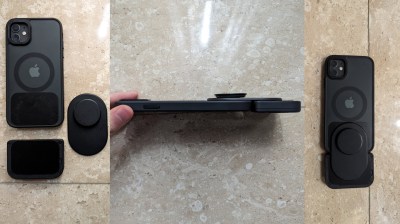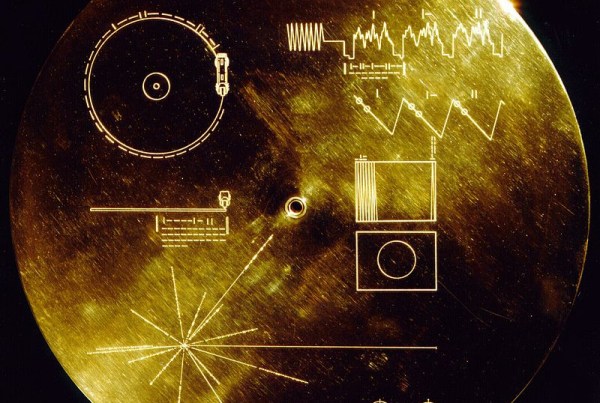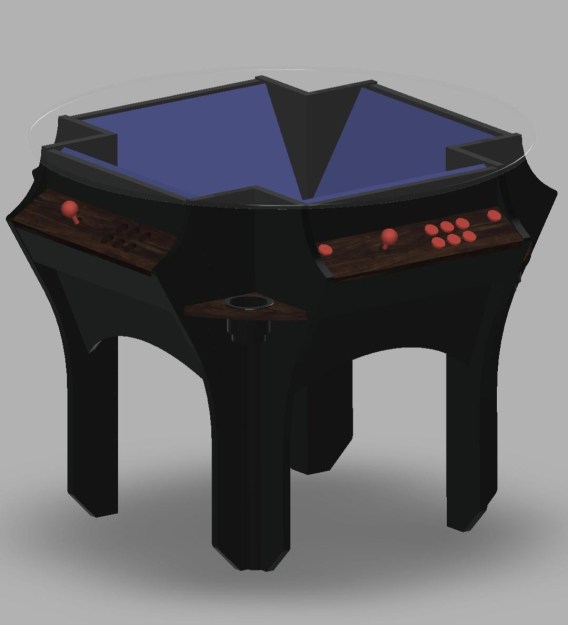Over the decades web browsers have changed from the fairly lightweight and nimble HTML document viewers of the 1990s to today’s top-heavy browsers that struggle to run on a system with less than a quad-core, multi-GHz CPU and gigabytes of RAM. All but a few, that is.
Dillo is one of a small number of browsers that requires only a minimum of system resources and will happily run on an Intel 486 or thereabouts. Sadly, the project more or less ended back in 2016 when the rendering engine’s developer passed away, but with the recent 3.10 release the project seems to be back on track, courtesy of efforts by [Rodrigo Arias Mallo].
Although a number of forks were started after the Dillo project ground to a halt, of these only Dillo+ appears to be active at this point in time, making this project revival a welcome boost, as is its porting to Atari systems. As for Dillo’s feature set, it boasts support for a range of protocols, including Gopher, HTTP(S), Gemini, and FTP via extensions. It supports HTML 4.01 and some HTML 5, along with CSS 2.1 and some CSS 3 features, and of course no JavaScript.
On today’s JS-crazed web this means access can be somewhat limited, but maybe it will promote websites to have a no-JS fallback for the Dillo users. The source code and releases can be obtained from the GitHub project page, with contributions to the project gracefully accepted.
Thanks to [Prof. Dr. Feinfinger] for the tip.





















